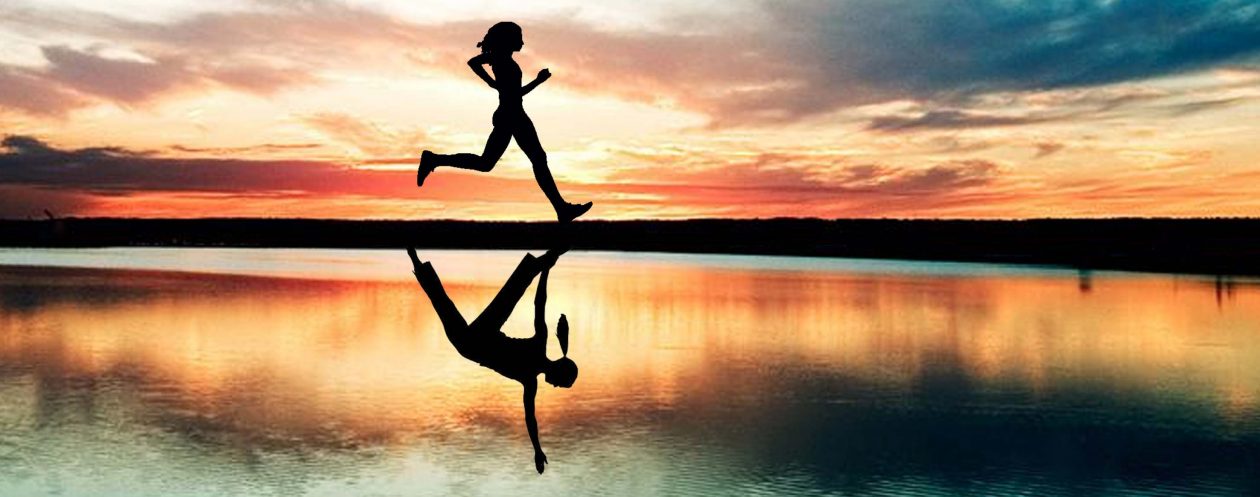Uhhhh hills … if you’re like me, you avoid them whenever possible (at least I use to), you hate when your running group suggests a route with the monster hill you hate (I know we all have at least 1); you dread them when you look at the elevation charts of races, they are the bane of your existence. While we tend to spend so much time hating them, it’s important to remember that hills will make us a faster, stronger, and healthier runner. So rather than hate the hills, let’s embrace the hills.
Importance of incorporating hills into your training:
- Hills are incredible for building leg strength and endurance. They are a great way to keep your legs healthy and strong during training.
- Hills are a great way to train your mind and help you gain a psychological edge.
- If you train hard on hills, they become your friends and you’ll learn to love and appreciate them.
- The downhills give your legs and lungs the opportunity to recover a bit while still allowing you to maintain your pace.
- Hills are a natural way to improve your form. Hills force you to run on the mid to forefoot, drive your knees, use your arms, and therefore help you maintaining good posture as you climb.
- Hills will make you a stronger runner race day.
Tips that will help you run hills smarter:
- Adjust your posture so you are driving up the hill, lean into it a little and start to feel your foot strike. Look at a spot on the ground approximately 10-feet in front of you.
- Use your arms and think about your arm swing. When your legs start to fail, your arms help get you through and keep your legs on task. Relax your shoulders and arms, your hands and wrists should graze your hips as they swing, and your elbow angle should be at about 90-degrees.
- Drive your knees and allow them to propel you up the hill. The flatter your stride, the harder the hill climb will be.
- Quick, short strides is best for uphill running efficiency and gets you to the top faster.
- Speed up your breathing before the hill so once the uphill work begins, you won’t have to deal with the big gasps for air that have a tendency to throw us off our rhythm.
- Don’t stop until you’re 50-100m beyond the top/crest of the hill. This will help you maintain the pace and rhythm you fought hard to achieve, you will start recover when the terrain flattens out and/or declines.
Learn to love and make friends with hills and remember to run them wisely. From there, hills will become a newfound joy in your running life.
Happy Running!

